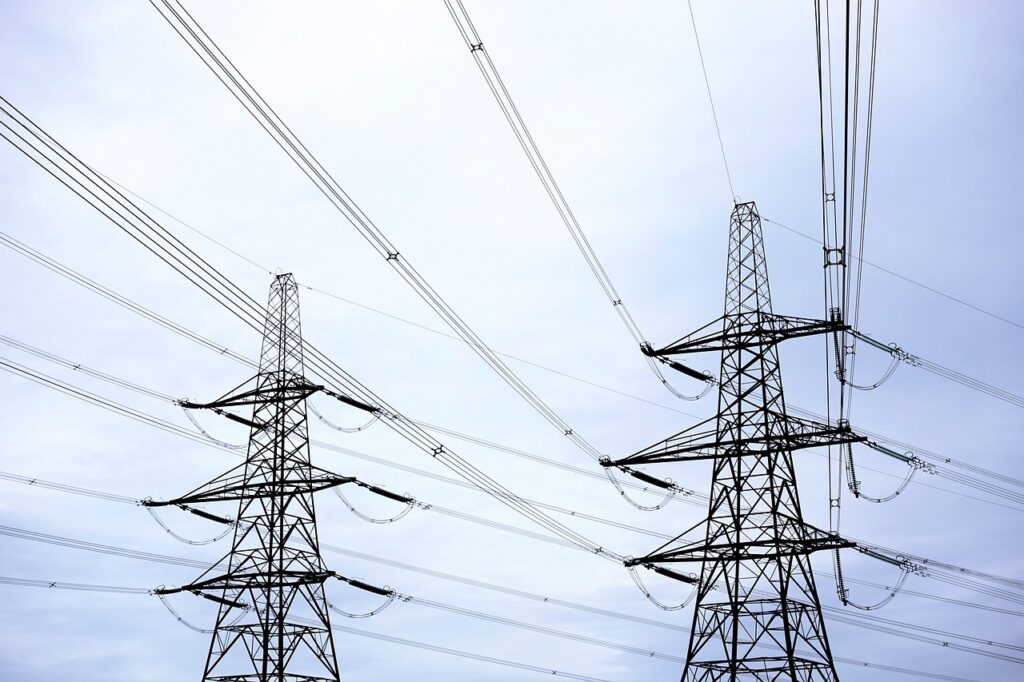A recent trend is to monitor the conductors of overhead transmission lines, to see how they behave under different weather types. Overhead lines are dimensioned for a situation that hardly ever occurs. This means that for the remainder of time, they are able to carry a higher current than what they are designed for. With the use of Dynamic Line Rating, the extra potential can be made available, depending on local weather conditions.
How to apply dynamic line rating?
A common mistake that people make is to think that sensors are needed for DLR. But this is not true. DLR calculations can be performed solely on weather data. Especially if a forecast is needed (e.g. 2-day or 10-day forecasting), the weather data is important. However, weather forecasts are highly unpredictable, especially for wind speed and directions.
Therefore, there are many suppliers that offer sensors that can be placed on the conductor itself. Read more about this in this article. These sensors measure real-time, so any system that works with sensor data can provide a near real-time prognosis. These sensors are spot measurements, which means that only one location (typically one span) can be monitored. An alternative option is to monitor an overhead transmission line with optical fibers.
How does fiber-optic sensing work?
In the last 30 years, sensing technology with optical fibers has seen a steady development. In the last 20 years the technology has also been used in high voltage networks, for a variety of applications. For high voltage cables, many suppliers offer their products and services to monitor different cable aspects. The application is now also seen more for overhead transmission lines, either in combination with an optical ground wire (OPGW) or optical phase conductor (OPPC).
There are different techniques to monitor a conductor with an optical fiber in it. Basically, fibre optic sensing in overhead transmission lines works by using a thin, flexible strand of glass or plastic that can carry light signals. This fibre optic cable is often integrated within the conductor: one strand of the core (or outer layer) makes place for the optical fibers.
As the light travels through the fibre, it interacts with the surrounding environment. Changes in temperature, strain, or vibrations along the transmission line can alter the light’s properties, like its intensity or phase. By analyzing these changes, the system can detect and measure issues such as line sag, temperature variations, or even physical damage, allowing for real-time monitoring and maintenance of the power lines. This helps in preventing outages and ensuring the reliability of electricity supply.
The main benefit of this technology is that it is not based on one or more hotspots, but the sensing is distributed along a distance of 50 to 100km or even more, returning a value every 2 to 30 meters. This way, more data is collected, which provides an overview of the complete transmission line.
Which sensors for DLR are there in the market?
We have checked the market for sensors that are commercially available in the market. The different types are mentioned below in alphabetical order. We do not make a distinction between the OPGW and OPPC applications.
Please note that the sole purpose of this list is to provide you with an overview. We do not provide any advice or preference.
| Supplier | Based in |
| Infravision | USA / Australia |
| LIOS EN.SURE | USA |
| Omnisens | Switserland |
| Prisma Photonics | Israel |
| Sensornet | United Kingdom |
| Synaptec | Scotland |

